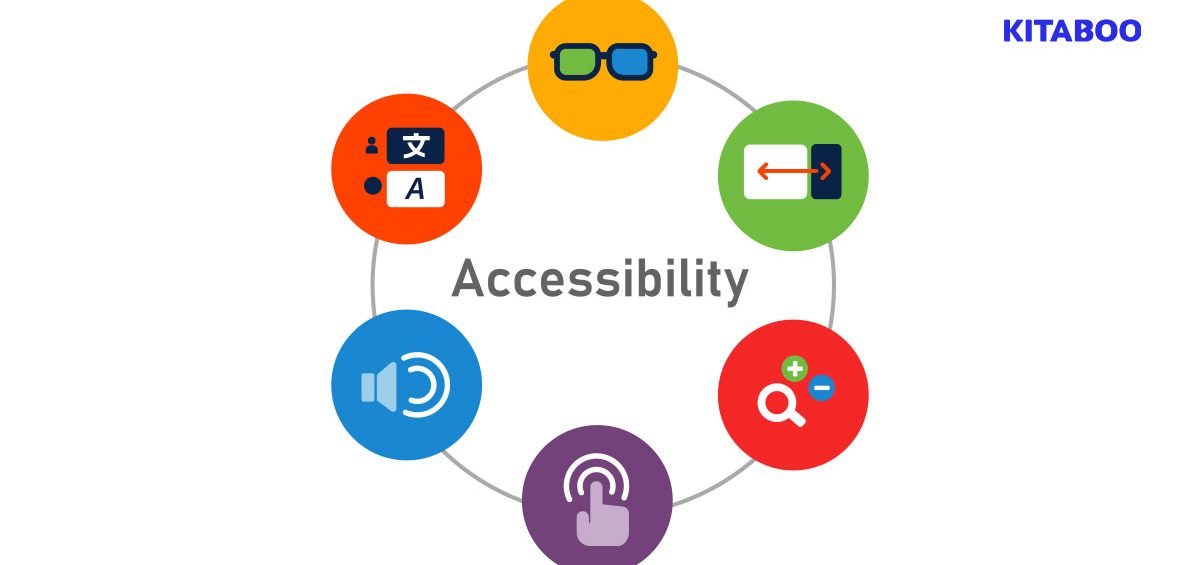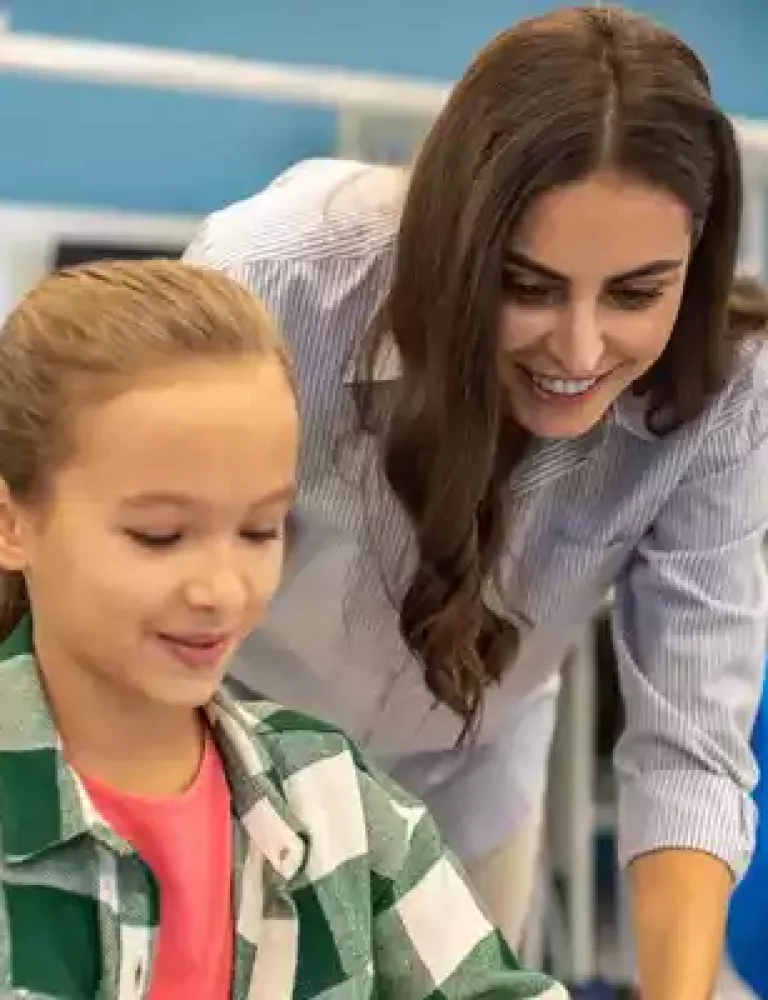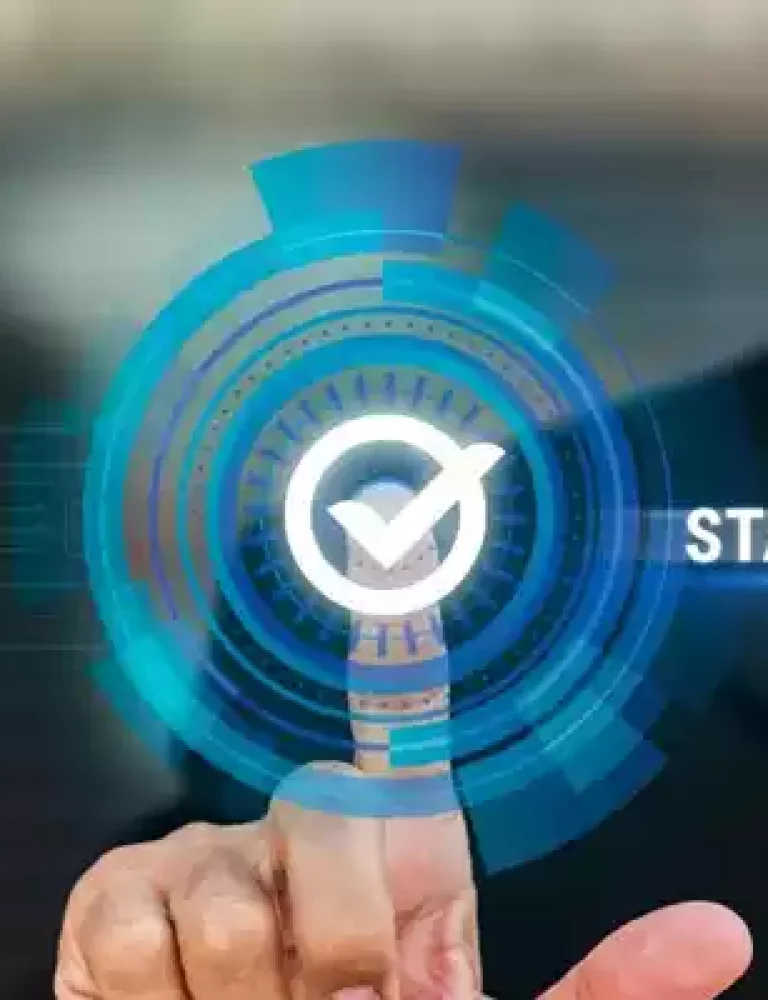Web Content Accessibility Guidelines (WCAG), first published on 9 May 1999 by the Worldwide Consortium (W3C), are part of a series of Web Accessibility Initiatives (WAI). Web accessibility, also referred to as eAccessibility, is a practice of ensuring equal and inclusive access to pages on the World Wide Web by people who are physically challenged, situationally disabled, or those with any socio-economic limitations. Since its first publication in 1999, the WCAG has been updated a few times. Some extensions of the existing WCAG 1.0 were published in February 2008 by WCAG Samurai, a group of web developers autonomous of W3C.Web 2.0 was published by W3C on 11 December 2008 and consisted of twelve guidelines categorized under four existing principles, namely, perceivable, operable, understandable, and robust. Web 2.1 was published on 5 June 2018, with a few more extensions and updates. It focused on improving accessibility for three major groups: users with learning disabilities, users with low vision, and mobile device users. Since May 2021, W3C has been working on a major revision of WCAG. The final version of WCAG 2.2 is set to be released in late 2022.
A working draft of WCAG 2.2 was released on 21 May 2021. After releasing the working draft, W3C also announced that they would be releasing a WCAG 3.0 sometime in the future to update WCAG 2.2.
What is WCAG 2.2?
WCAG 2.2 is a revised and updated version of WCAG 1.0 and 2.0. However, it has not changed entirely.
The four main principles, perceivable, operable, understandable, and robust, remain the same. The three levels of compliance, Level A, Level AA, and Level AAA, also stay the same.
A total of 9 new guidelines have been introduced, categorized under the existing three levels. These 9 new guidelines aim to direct product owners, designers, developers, managers, and content creators to enhance all their web pages, keeping accessibility for physically challenged users in mind.
All in all, the nine new guidelines are as follows:
Four New Guidelines under Level A
2.4.13 – Page Break Navigation
This feature will allow users to locate any content on the print or digital versions of a publication using page break locators and navigation buttons.
This will be very helpful for people with disabilities as they will be able to locate where they left the page the last time they visited a site and consume information more easily.
3.2.6 – Consistent Help
The intent behind this feature is to provide help to users as and when they want to complete tasks on a web page. It will provide helpful features like spell checkers, instructional text in forms, contact phone numbers, etc.
This will be very helpful for users with cognitive and learning disabilities as they can find solutions by expressing their questions and queries in their own words comfortably.
3.3.7 – Accessible Authentication
With this revision, out of all the authentication methods available on the webpage, at least one will be provided, which will not depend on a cognitive functions test.
For instance, users with disabilities would be able to copy and paste passwords or simply support their password entry through password managers.
3.3.8 – Redundant Entry
It can be difficult for users with learning and cognitive disabilities to navigate multi-step navigation and authentication processes. Hence, this revision will form new memories and recall information quickly, saving users from the hassle of entering the same information multiple times.
Users with mobility impairments will also be able to access voice input, reducing the probability of making mistakes.
Four New Guidelines under Level AA
2.4.11 – Focus Appearance (Minimum)
With this focus appearance revision, people with low vision will be able to see the keyboard focus indicator clearly.
For instance, each shape will be surrounded properly to increase its visibility. Some other methods which will be incorporated are inline ink, gradients, change of contrast, etc.
2.5.7 – Dragging Movements
Users with disabilities might not have the dexterity required to perform dragging actions on webpages during authentication, navigation, etc.
This interface will allow users to carry out dragging movements with easy actions like tapping or clicking, pressing hold, repositioning the pointer, releasing the pointer at the endpoint, etc.
2.5.8 – Target Size
This revision will ensure that all users can easily find the target without missing it or accidentally pressing the target next to it. The target size will be increased to make it easier for people with disabilities to locate it.
It will also make it easy for users who primarily depend on mobile devices as their mode of interaction and networking.
3.2.7 – Visible Controls
With this revision, when users will point or hover over a keyboard, the information available will become instantly visible.
This will save the user from performing multiple steps on the same page to input all criteria.
One New Guideline under Level AAA
2.4.12 – Focus Appearance (Enhanced)
This revision will allow people with poor eyesight to visually verify the component on which keyboard operations work.
For instance, while scrolling down on a page, the header will not be obscured from sight, ensuring the information users input on the keyboard corresponds with the desired information.
Facts about WCAG 2.2
Mentioned below are some facts regarding WCAG 2.2:
- The WCAG 2.2 revision available now is just a working draft. The final recommendation for WCAG 2.2 will be made available towards the end of 2022. According to speculations, it will most likely be out in December 2022.
- WCAG 2.2 is not entirely a new recommendation but an updated version of WCAG 2.1. If you start conforming with WCAG 2.2, you will automatically begin conforming with WCAG 2.1 and WCAG 2.0.
- It is unknown when WCAG 2.2 will be made part of the current regulations followed by website owners, creators, and evaluators.
- WCAG 3.0 is expected to come out after 5-6 years, and it will be a huge step ahead of WCAG 2.2.
Success Criteria for WCAG
Success criteria have been designed for WCAG, which works as a checklist for webpage owners, content creators, and evaluators. The success criteria are broadly divided into three groups, sufficient techniques, advisory techniques, and failure.
Sufficient Technique
The sufficient technique criterion focuses on elements that make the webpage accessible for all. It must include features like large font size, visible color and contrasts, screen reader compatibility, etc.
If a webpage owner can tick the checklist for sufficient techniques, this ensures the webpage is inclusive for all.
Advisory Technique
Advisory techniques are not necessarily features to include but rather information and guidance on how the success criterion can be fulfilled. Webpages owners and evaluators must find relevant information on how they can regularly improve their websites.
Failure Technique
Failure techniques are used to determine if the webpage is failing to comply with WCAG and why. If any of the failure techniques from the given list apply, it means the webpage is not accessible to all.
Conclusion
It is highly important for website owners to ensure that their webpage is accessible to all. Following the WCAG will ensure that the information disseminated from your website is accessible to all equally.
If your website still does not follow the WCAG, now is the time to update it and create it from scratch if necessary.
Discover How An Ebook Conversion, Publishing & Distribution Platform Can Help You
Kitaboo is a cloud-based content platform to create-publish & securely distribute interactive mobile-ready ebooks.
You May Also Like







